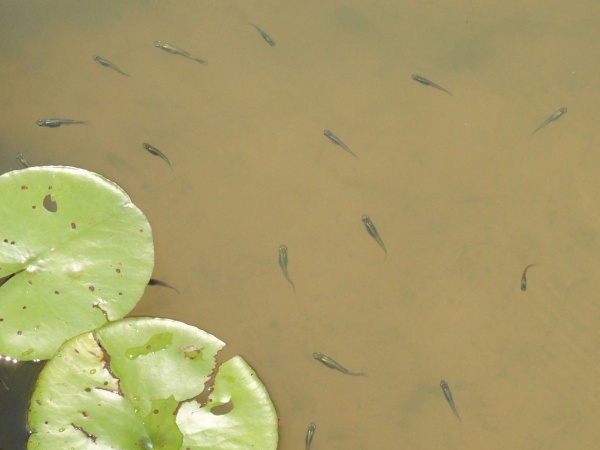Facts About Eastern mosquitofish
The eastern mosquitofish, or Gambusia holbrooki, is a small freshwater fish native to the eastern and southern United States. It is closely related to the western mosquitofish and belongs to the Poeciliidae family within the Cyprinodontiformes order. These fish are recognized for their light coloration and small size, with females displaying a distinctive black stripe near their eyes. Females tend to be larger and rounder than males, especially when gravid, as indicated by a dark gravid spot on their bellies.
Eastern mosquitofish primarily consume algae and detritus, but their diet can vary depending on their age and competition for resources. They are highly adaptable and can thrive in a variety of environments, which has unfortunately led to their status as an invasive species in regions such as Australia and Europe. Unlike many other fish, they give birth to live young, and females can produce multiple batches of offspring in a single mating season. Factors like temperature, stress, and the presence of predators can influence their reproductive success and growth.
In Australia, the invasive eastern mosquitofish have become a significant problem, outcompeting native species for resources and preying on their larvae. Efforts to control their population, such as employing chemicals and electrification, have had limited success due to the fish's resilience and adaptability. Their presence has adversely affected local aquatic ecosystems and native species.
